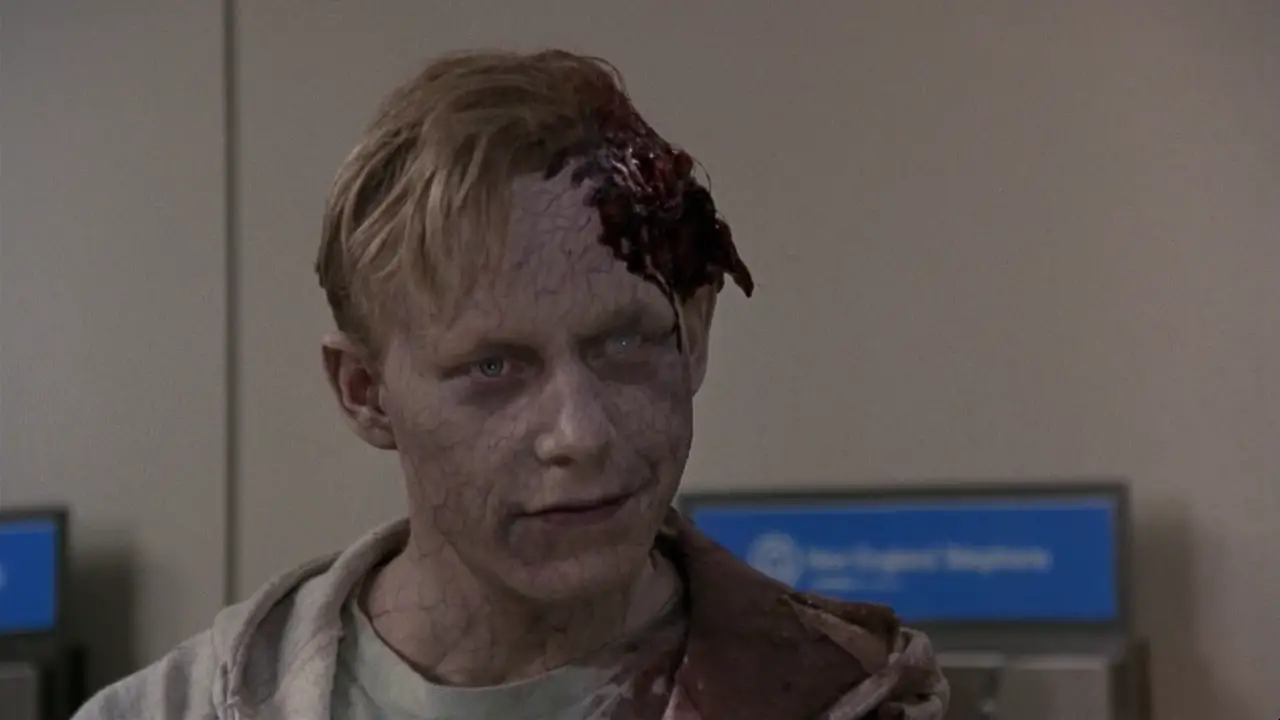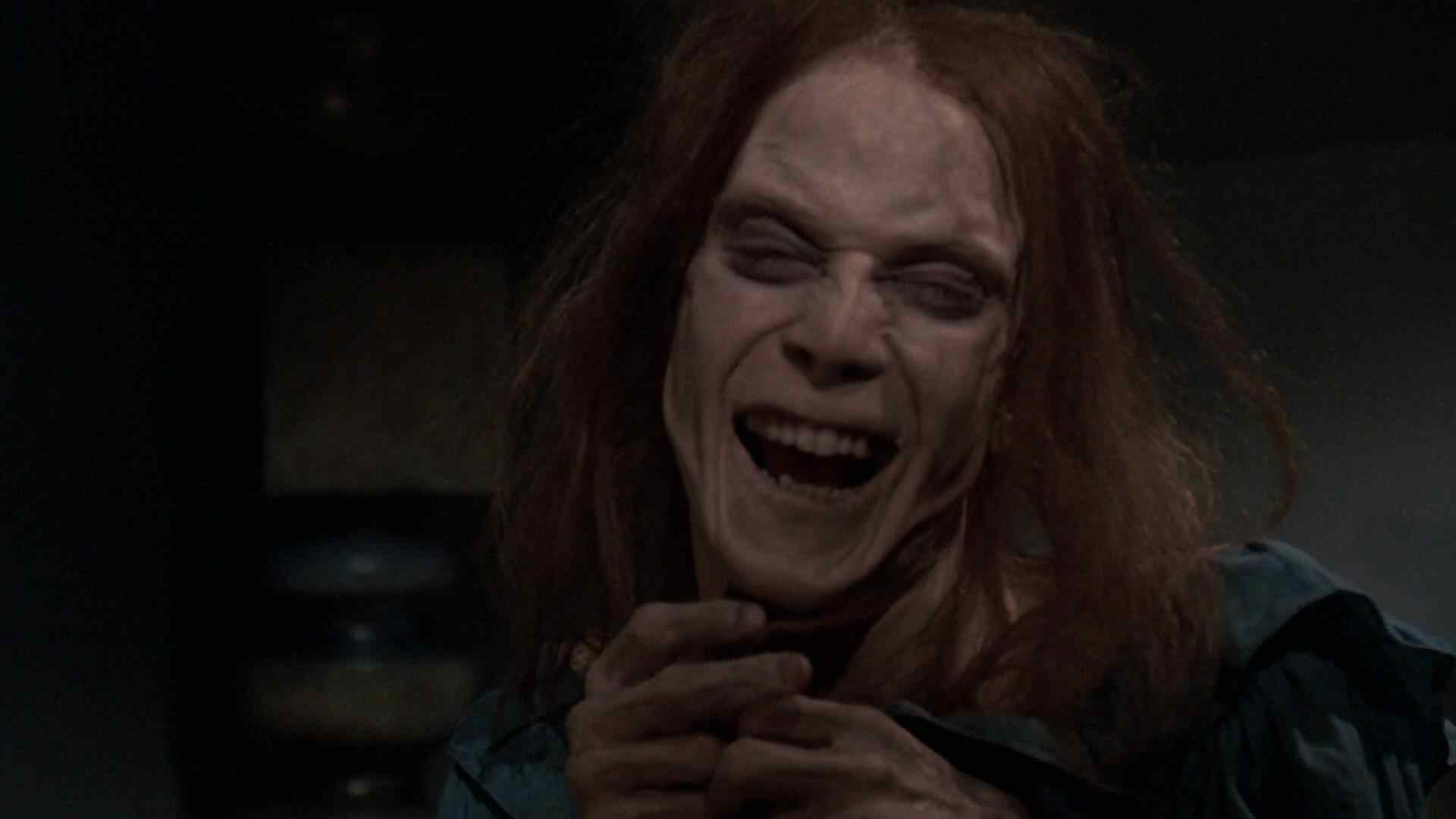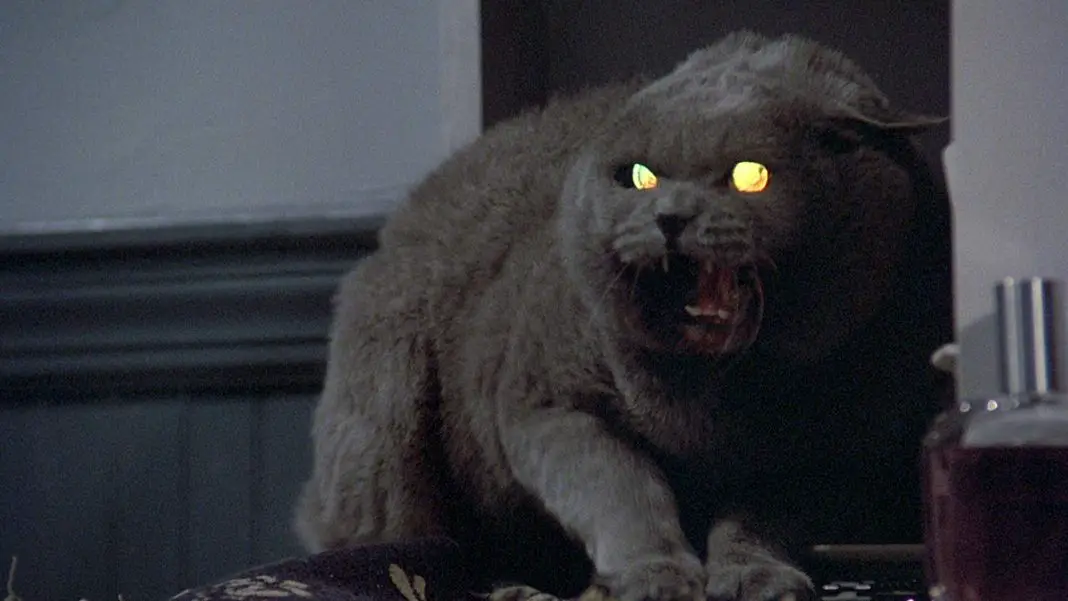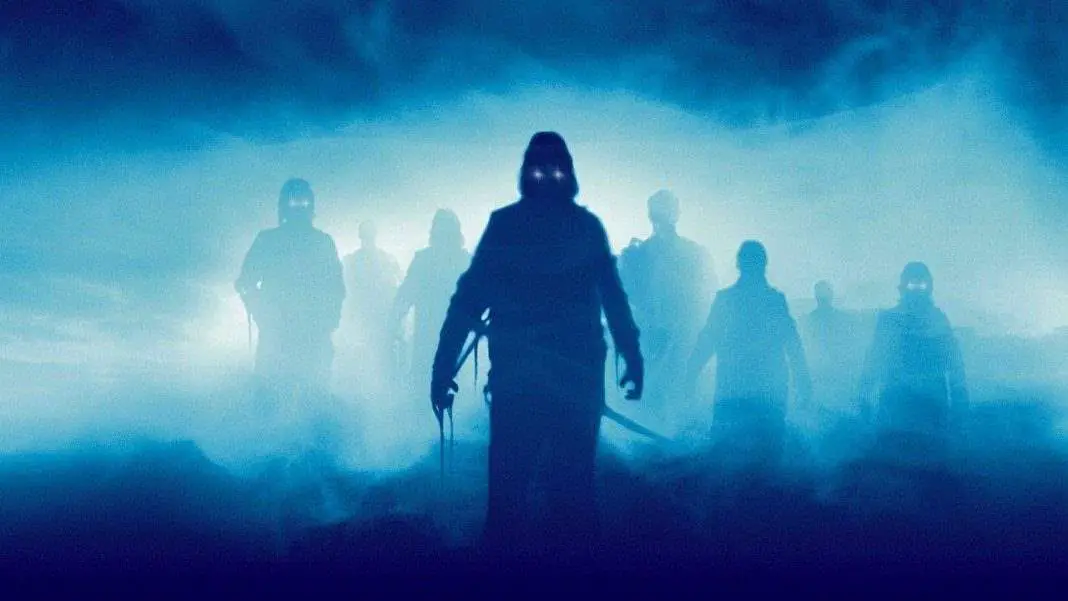Stephen King fans tend to come down pretty hard on film adaptations of the author’s work. Some of them just don’t think any movies are worthy of his literary work and they certainly have the right to believe that. Others have certain books they covet, that they keep close to the chest and can’t see past some of the changes that were made. There are definitely fans of Salem’s Lot who despise the changes that were made to Barlow. There are fans of IT who think that the miniseries is too cheesy and doesn’t come close to capturing the darkness and intensity of the book.
The truth is, the book and the movie are always going to be separate entities. One is a retelling of the events for a new medium and that makes it a different story, to some degree. When fans try to see a film as a beat-for-beat adaptation, they’re only setting themselves up for failure because that can’t possibly exist.
In the case of Pet Sematary, it almost doesn’t matter because the changes are kind of trivial. King wrote the screenplay himself and most of the major beats of the novel are intact. Some things that just wouldn’t have worked on screen, without a doubt, are taken out even if they worked on the page. They’re different mediums and wisely treated as such. Still, fans tend to come down a little hard on this one. They criticize the acting, the script, and mostly say that it’s just not nearly as scary as the book was.

From the beginning, it’s made pretty clear that young Ellie Creed isn’t the only one who needs to learn that death is a natural part of life. Her mother never let herself learn this lesson and it’s something she’s carried into adulthood. When I watched it as a kid I never liked Rachel because she was just cold and distant and I didn’t understand her. Now she’s one of my favorite parts of the movie. Her refusal to deal with or talk about death is all build-up to when she finally tells the Zelda story. Denise Crosby’s performance is so good in that scene. She sells that terror, that heartbreak, just as much as the actual creepiness of Zelda herself. It’s a scene that works so well because it manages to be scary and a gut punch at the same time.
We’ve got this character we’ve been rolling our eyes at, thinking she’s just irritating, but at the same time, it’s clear that she never had the chance to gain a real understanding of what death is and what it means. When we finally find out why, it really is an astonishing piece of filmmaking and it’s truly a testament to the filmmaking that all of that is allowed to build for so long before the cards are finally laid out on the table.
But that scene is only the tip of the iceberg when it comes to what’s scary about this film. This is pure, emotional horror and sometimes that’s the best kind because it sticks with you. It’s one of the few movies that I’ve found actually scares me more the older I get and closer I come to having kids and to that same sort of family dynamic.
 It’s a parable, really. It’s a little fable about what happens when you reject the grieving process. When you don’t allow yourself to deal with even the most tragic kind of loss, it can take you over and it can destroy you. That’s what Pet Sematary is about and I think it gets the point across very clearly. Mostly because Fred Gwynne’s Jud Crandall repeatedly explains these things directly to the audience. Which is fine, because he’s basically acting as the Greek Chorus, telling us the dangers and then watching them happen as he’s powerless to stop any of it.
It’s a parable, really. It’s a little fable about what happens when you reject the grieving process. When you don’t allow yourself to deal with even the most tragic kind of loss, it can take you over and it can destroy you. That’s what Pet Sematary is about and I think it gets the point across very clearly. Mostly because Fred Gwynne’s Jud Crandall repeatedly explains these things directly to the audience. Which is fine, because he’s basically acting as the Greek Chorus, telling us the dangers and then watching them happen as he’s powerless to stop any of it.
Pet Sematary is an incredibly downbeat movie. It’s a rough watch and in some ways, that’s refreshing. It’s not the kind of thing you expect from Stephen King, story-wise. As scary and dark and horrific as his writing gets, it’s usually aggressively optimistic as well. Pet Sematary was not something he expected from himself, was something he even debated actually publishing at first. But I think at the end of the day, it stands out from the rest of his work and that’s a good thing.
There’s just a mood and dread that hangs over the whole thing. One of the smartest decisions made on the film was also the thing Stephen King requested to give Paramount the rights to make it: it was shot in Maine. For those of us who actually grew up there, it makes a world of difference. Some of the locations were places I saw nearly every day. But I think even if you don’t know those places, the effect of the location comes across. All of that small, New England feel that’s ever-present in King’s writing is present in the film as well.
 One of the biggest strengths of Pet Sematary, though, is Mary Lambert. The female gaze is so important to this movie, even if it has a male protagonist. It really is a classic, in my eyes. It’s never been anything else.
One of the biggest strengths of Pet Sematary, though, is Mary Lambert. The female gaze is so important to this movie, even if it has a male protagonist. It really is a classic, in my eyes. It’s never been anything else.
This is a feature that’s moody, atmospheric, bleak, emotionally powerful, tightly written, well-shot and yet it got Razzie nominations and was torn apart by critics of the time. Every film has faults, but the strengths really rise above all them here.
Even if it gets harder and harder to watch as I get older, I still watch it because it’s that good. It’s effective. I’ve seen the scares a hundred times and they always manage to creep me out. More importantly, the movie always manages to make me feel. That’s the most important thing for a horror movie like this, and I think it’s the most important thing about all Stephen King adaptations in general.







